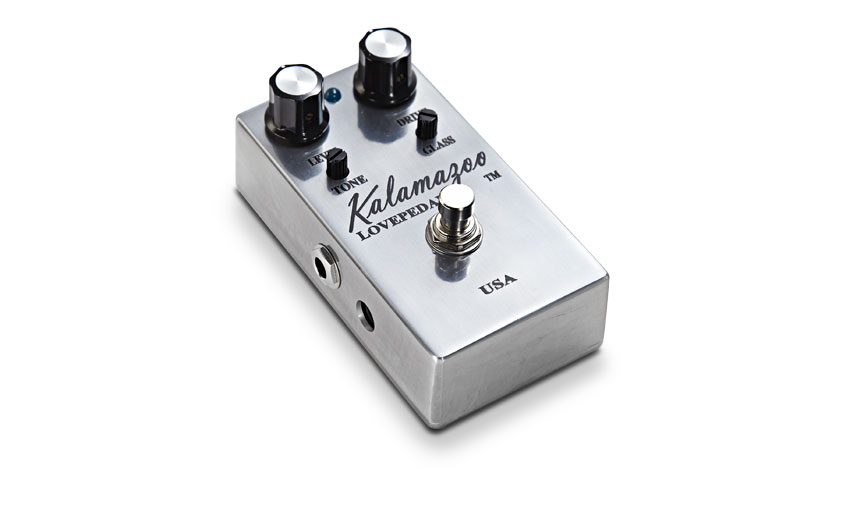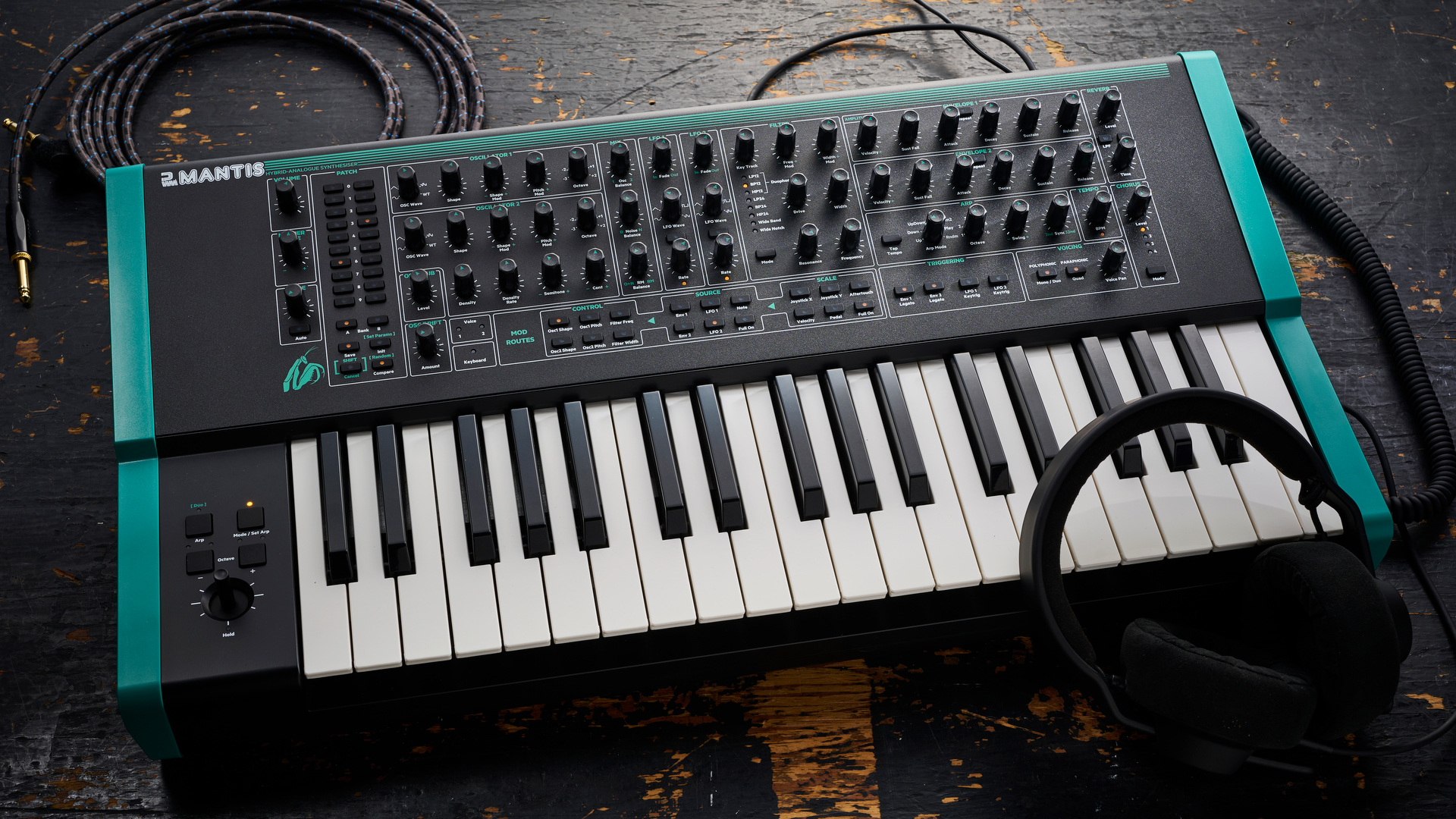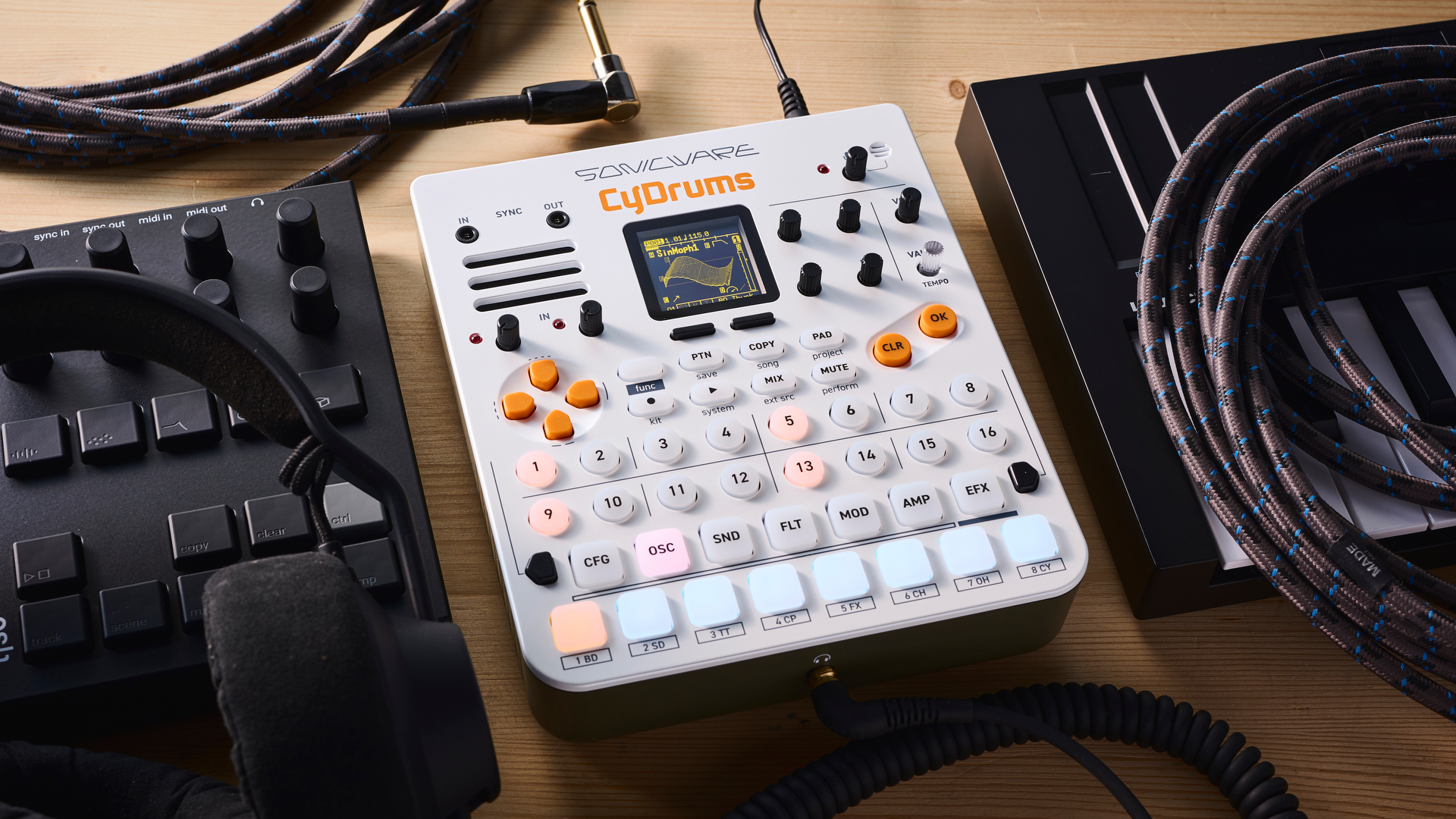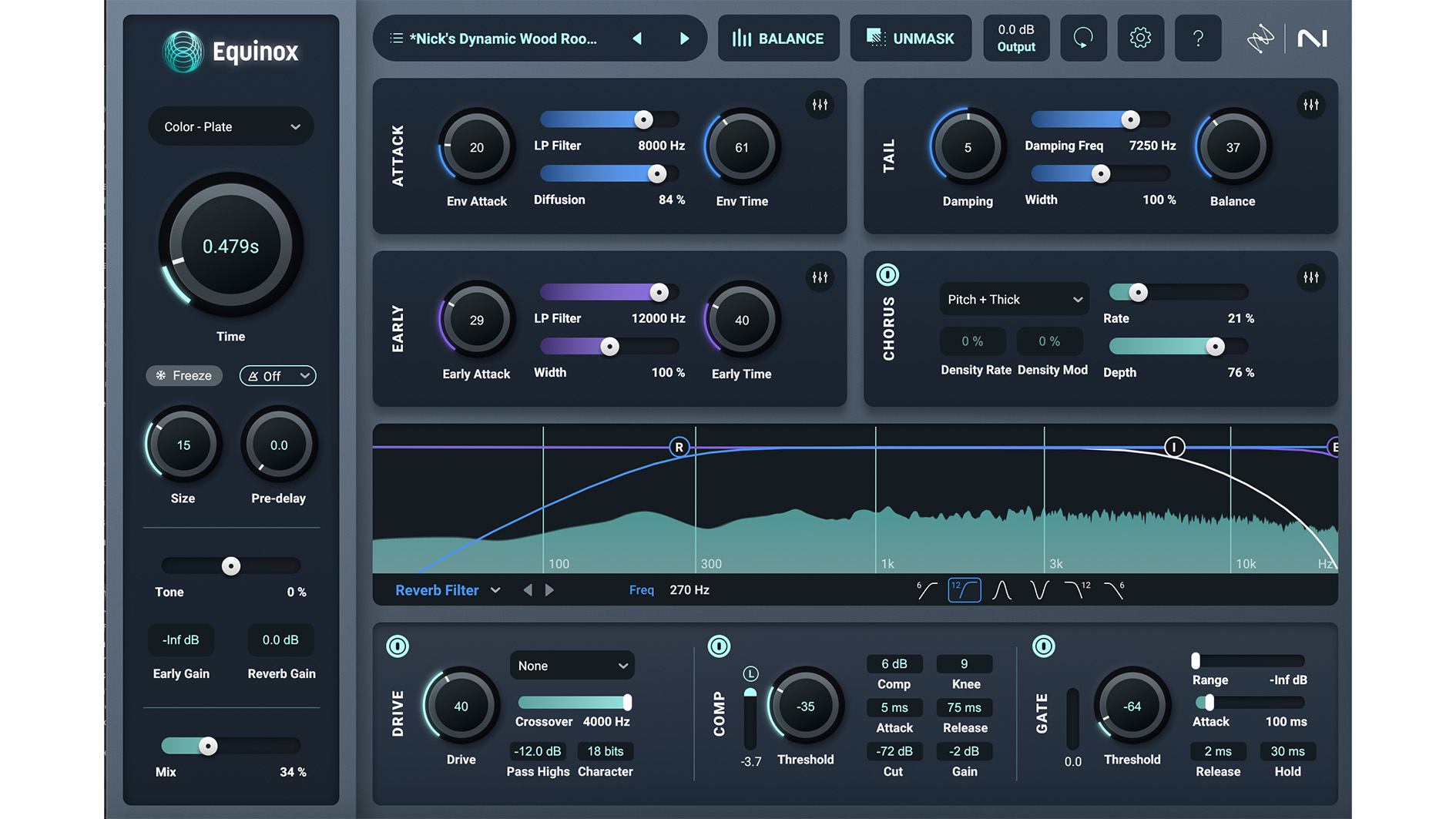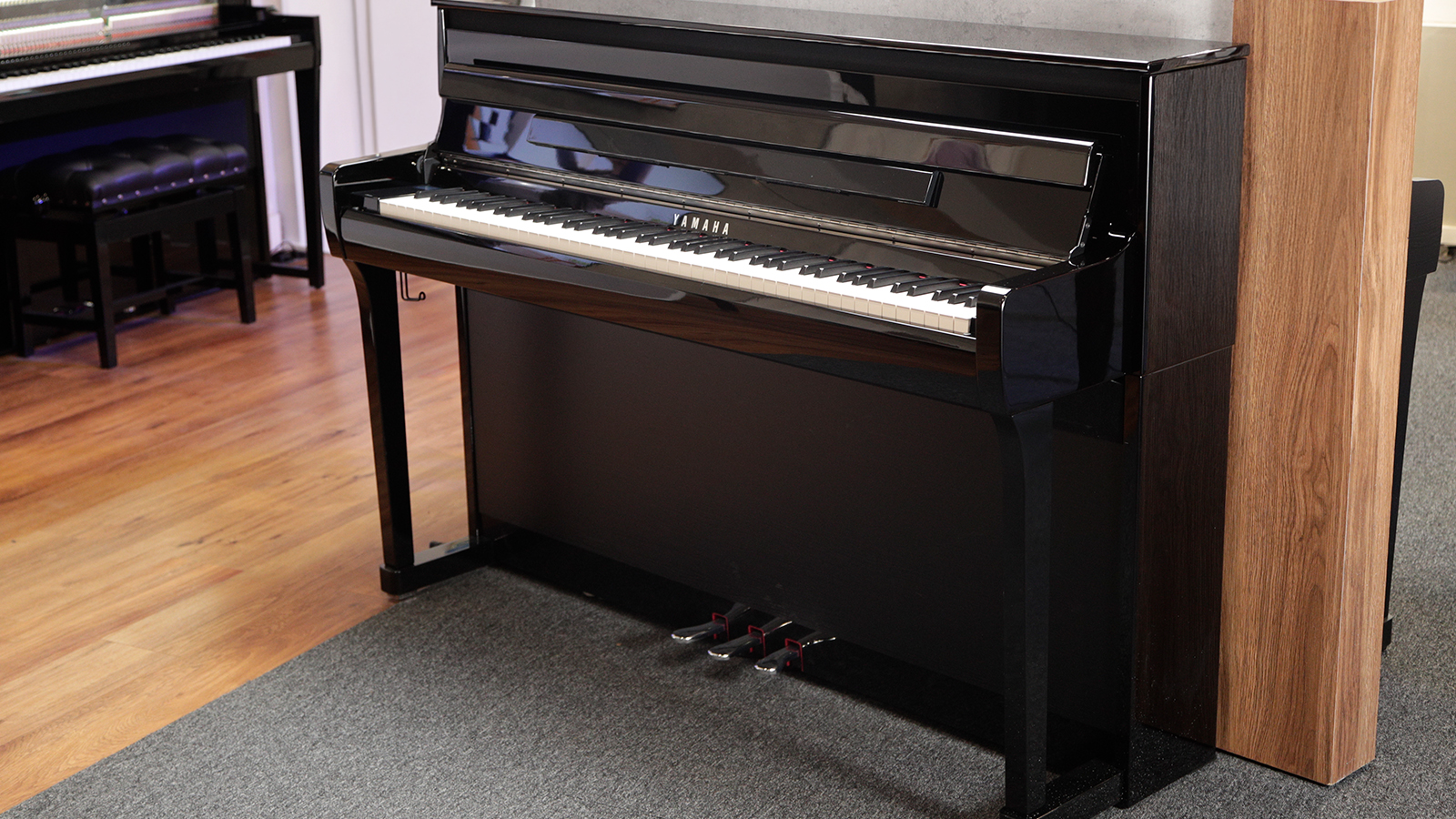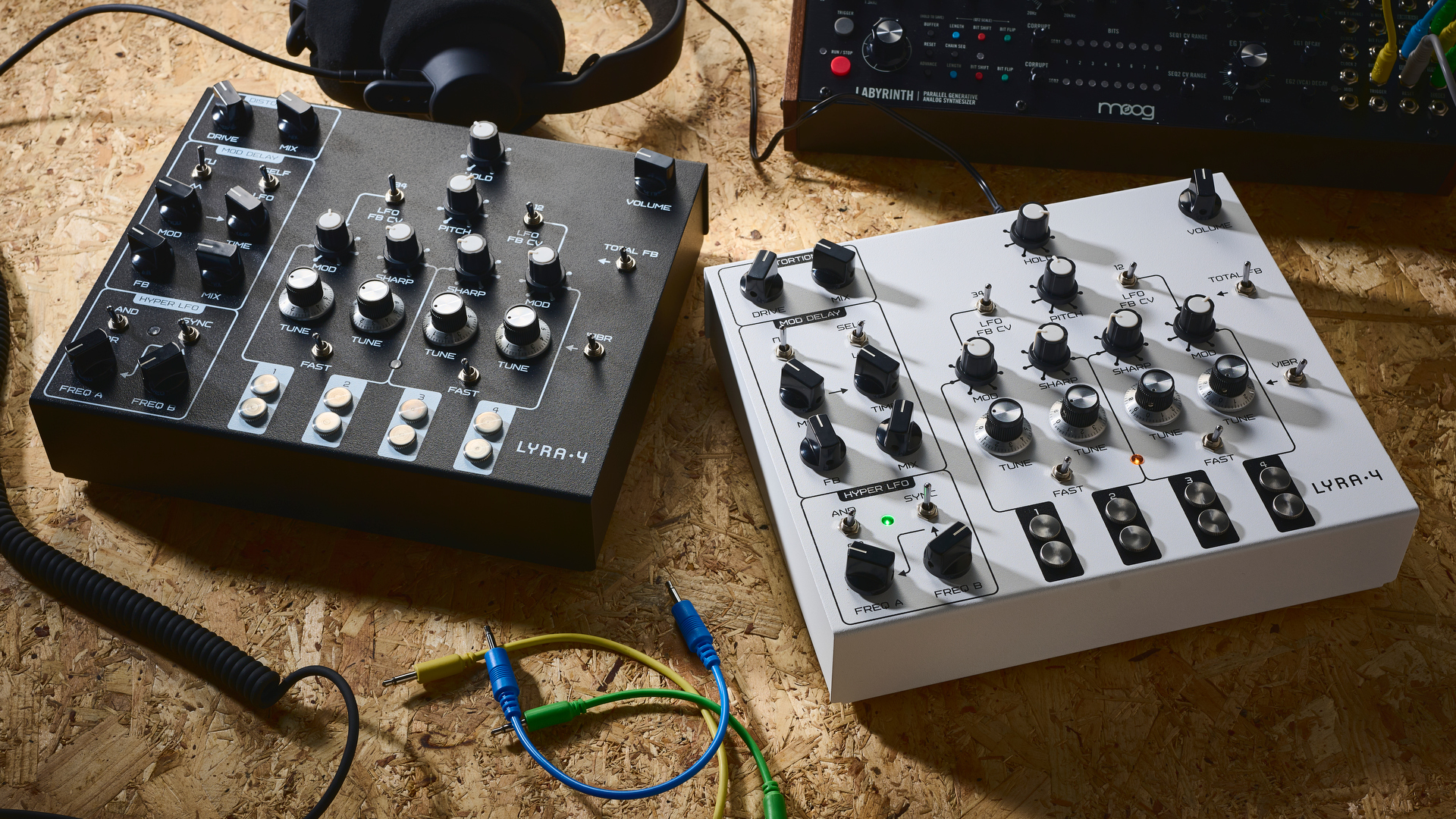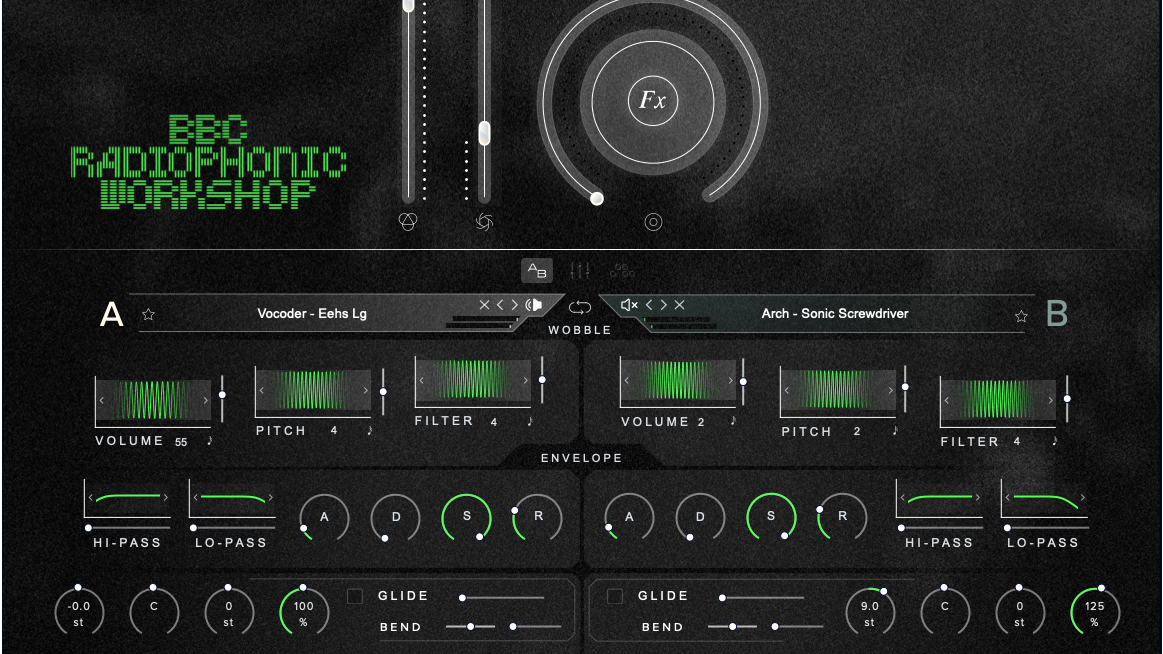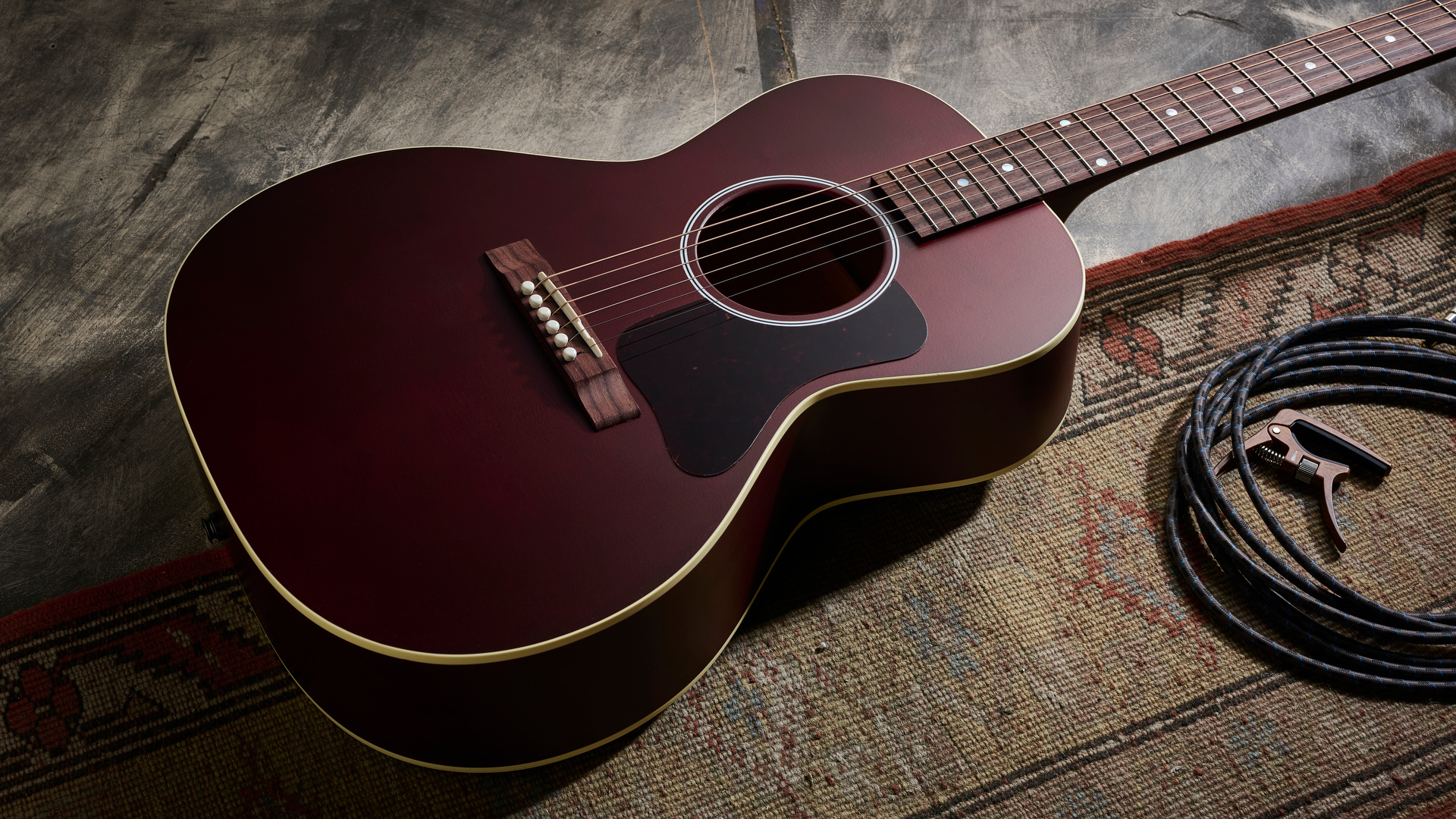MusicRadar Verdict
Harmonically rich drives, that retain presence: Kalamaz-ooh yes!
Pros
- +
Chiming, versatile drives. Texas tones.
Cons
- -
Not much.
MusicRadar's got your back
An IC-based overdrive pedal, the Kalamazoo offers the usual level and drive knobs, but also has interesting tonal circuitry courtesy of two smaller knobs on the top.
There's slightly less clean boost here than the recently reviewed Lovepedal Eternity E6 overdrive, but you can dial the top end in just how you like it with a juxtaposition of the two tone knobs - then you don't have to worry about them staying in position.
"It's superb for overtone-rich blues and Texas-type sounds"
The Glass knob offers high treble boost, as found in the aforementioned Eternity, but the tone knob works in series with it to soften things in the 'presence' area. This one is less 'rock' sounding than the Eternity E6.
We'd say that makes it superb for overtone-rich blues and Texas-type sounds that work well with both humbuckers and single coils. It does a great Klon impression, too, although it's not designed to.
This is a belter: great in front of a valve amp for chiming, versatile drives, while also respecting your core tone.
Trevor Curwen has played guitar for several decades – he's also mimed it on the UK's Top of the Pops. Much of his working life, though, has been spent behind the mixing desk, during which time he has built up a solid collection of the guitars, amps and pedals needed to cover just about any studio session. He writes pedal reviews for Guitarist and has contributed to Total Guitar, MusicRadar and Future Music among others.
“A synthesizer that is both easy to use and fun to play whilst maintaining a decent degree of programming depth and flexibility”: PWM Mantis review
“I feel like that song had everything we needed to come back with”: Bring Me The Horizon’s Lee Malia on Shadow Moses, its riff and the secrets behind its tone, and why it was the right anthem at the right time
“I said, ‘Are we sure we can write a song about death?’”: The story of Mike + The Mechanics' classic No.1 The Living Years
